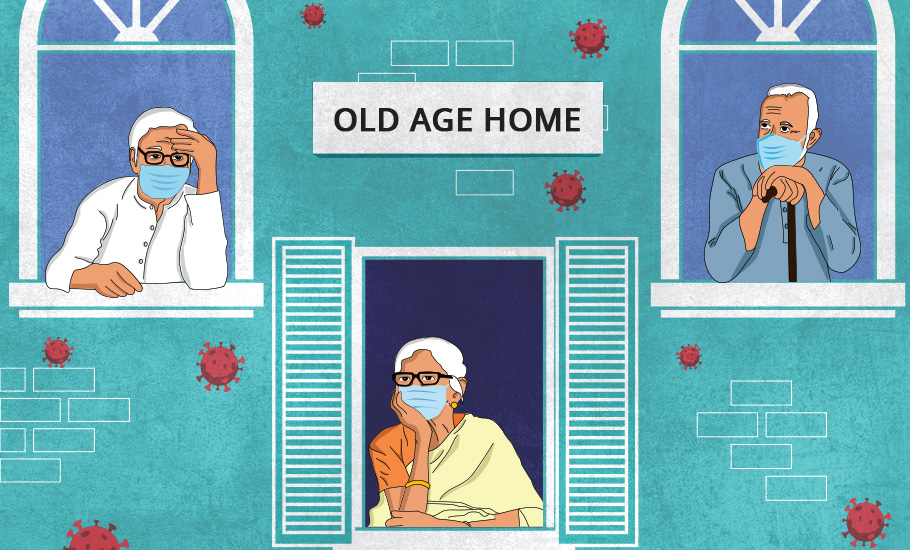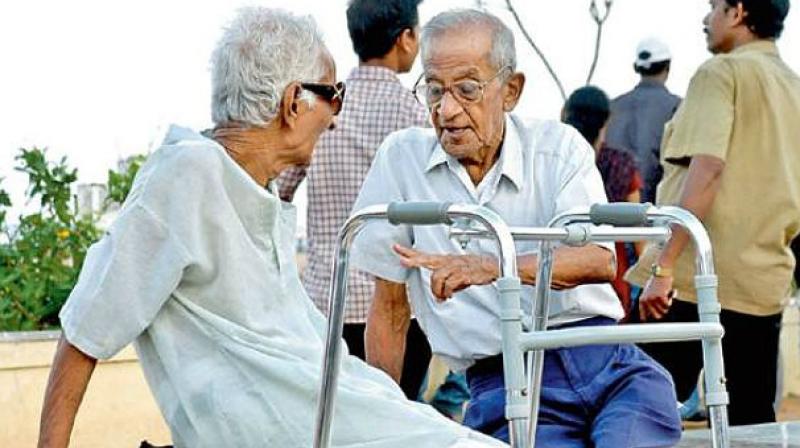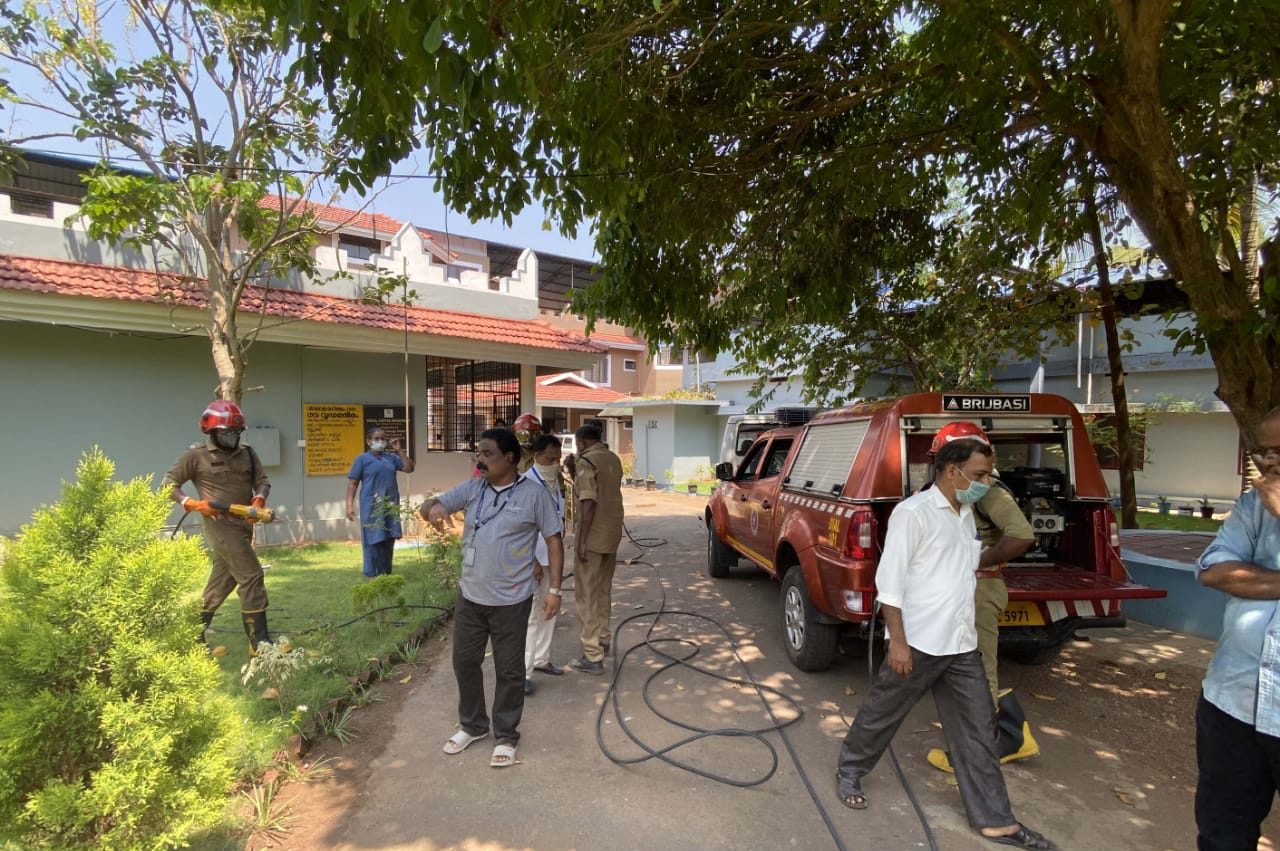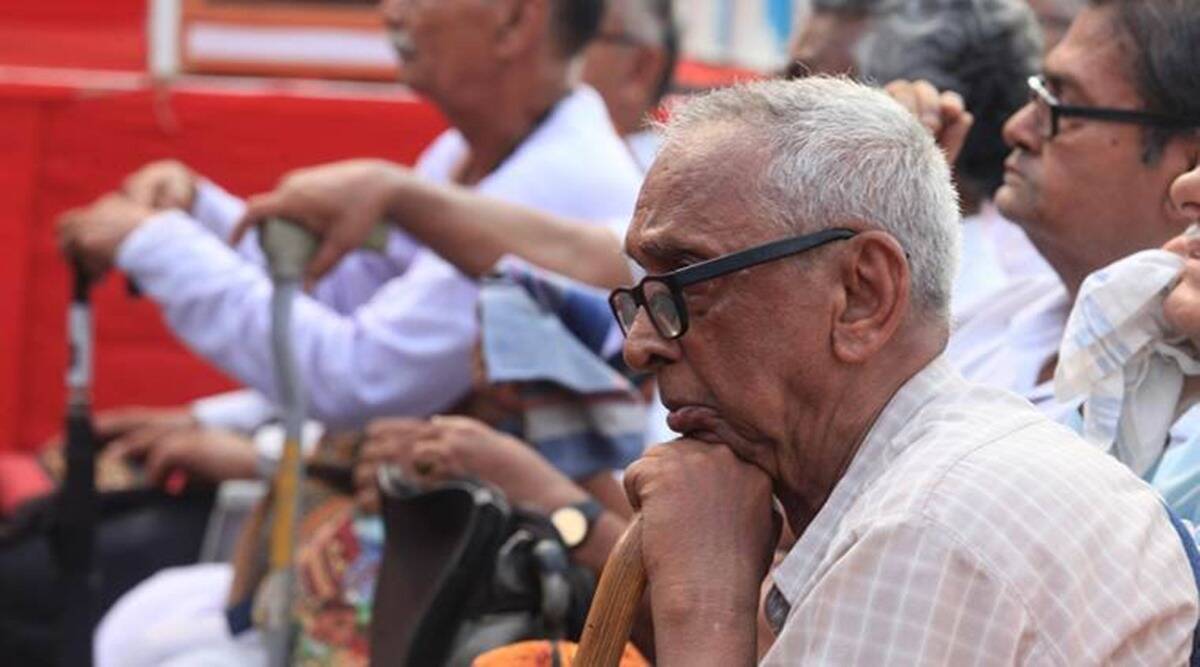
- Home
- India
- World
- Premium
- THE FEDERAL SPECIAL
- Analysis
- States
- Perspective
- Videos
- Sports
- Education
- Entertainment
- Elections
- Features
- Health
- Business
- Series
- In memoriam: Sheikh Mujibur Rahman
- Bishnoi's Men
- NEET TANGLE
- Economy Series
- Earth Day
- Kashmir’s Frozen Turbulence
- India@75
- The legend of Ramjanmabhoomi
- Liberalisation@30
- How to tame a dragon
- Celebrating biodiversity
- Farm Matters
- 50 days of solitude
- Bringing Migrants Home
- Budget 2020
- Jharkhand Votes
- The Federal Investigates
- The Federal Impact
- Vanishing Sand
- Gandhi @ 150
- Andhra Today
- Field report
- Operation Gulmarg
- Pandemic @1 Mn in India
- The Federal Year-End
- The Zero Year
- Science
- Brand studio
- Newsletter
- Elections 2024
- Events
- Home
- IndiaIndia
- World
- Analysis
- StatesStates
- PerspectivePerspective
- VideosVideos
- Sports
- Education
- Entertainment
- ElectionsElections
- Features
- Health
- BusinessBusiness
- Premium
- Loading...
Premium - Events

Old age homes in Kerala struggle as Covid disrupts the normal
As the elderly in old age homes in Kerala find it difficult to adjust to the new normal brought about by Covid-19, doctors stress on the need to focus on mental health.

Three years back, 60-year-old Ratheesh Kumar was picked up from a street by policemen, following a complaint that he was a public nuisance due to his constant drunk and disorderly behaviour. On interrogation, Ratheesh told the police that he did have a family but no one cared for him and vice-versa. At the Government Old Age Home in Kannur, he was seemingly content. All he ever fought for was...
Three years back, 60-year-old Ratheesh Kumar was picked up from a street by policemen, following a complaint that he was a public nuisance due to his constant drunk and disorderly behaviour.
On interrogation, Ratheesh told the police that he did have a family but no one cared for him and vice-versa. At the Government Old Age Home in Kannur, he was seemingly content. All he ever fought for was the occasional day-out. He would visit relatives, ask for money, spend it on alcohol and other needs, and return when penniless.
In March 2020, all that stopped. The Covid-19 pandemic defined the term ‘lockdown’ in its severest form and created a new normal. Inside these homes, it was a clampdown because the inmates, 60 years and above, became a ‘high-risk category’ overnight.
Ratheesh couldn’t deal with it. No more outings meant no loitering, and definitely no alcohol. He became wild, aggressive and violent. He refused to wear a mask. He had to be controlled physically and when pacified, he would stay calm for a few moments, then suddenly run towards the women’s ward, exhibiting himself and making lewd comments.
“We had to report him to the police finally,” says B Mohanan, superintendent of the Government Old Age Home, Kannur. “His relatives said they didn’t want to get involved.”
Today, Ratheesh is on a 24-hour suicide watch.
An abandoned lot
In the 15 government old age homes across Kerala—one in each district and two in the capital—approximately 1,000 inmates between the ages of 60 and 95 find solace in their autumn years. These institutions have single cabins, triple-sharing rooms, dormitories, cafeterias, a recreational room and segregated spaces for other needs, and house 30-100 residents each.
“Around 96% of our inmates are an abandoned lot,” says Subhash Kumar, assistant director, Social Justice Department. Whether they are picked up from the streets or reported as unclaimed or unfit to live by self by public officials, these men and women find permanent respite in these institutions.
“They are among their peers. They have food, shelter, medical care and entertainment”, says Mohanan. Local school students or Social Work graduates come over often for a meet-and-greet, even celebrities pop up on special occasions.
Day trips to parks and beaches, courtesy a few sponsors, are also common. Yoga classes, music therapy, a full-time clinical psychologist along with in-house social workers, attendees and nurses are all part of the norm.
But Covid -19 changed everything.

“Suddenly, they found that the care-takers who used to chat and attend to them personally are wearing gloves, face shields and masks. They are keeping a distance, and forever instructing the inmates to do the same,” says Sathyan Puthusserimal, 50, caretaker at the Kozhikode Old Age Home for eight years.
However, inmates of all the 15 old age homes have got the first jab of Covishield vaccine and the second dose will be given accordingly.
Covid normal—Fear & frustration
Since March 2020, all therapy sessions, be it counselling, yoga or music, were cancelled. Overnight, a new normal was established. No more grouping in the dining halls or recreational rooms. Card games had to be abandoned. Beds were re-arranged and meals were served in phases. A total ban on visitors meant that the inmates could see no one but the same staff day after day.
“We had to cut down our manpower by 50%. Since the lockdown last year, we have only one male and one female staff each for nursing, cleaning and attending on the basis of a 14-day shift by rotation”, says Subhash.
“The only way we could tackle the situation was to make awareness supreme,” says Mohanan. “At every Home, we made them watch television news about the pandemic and the fatality it was causing. We showed them clips of total lockdown not just in Kerala, but globally. We encouraged them to discuss their fears and anxieties. They wanted to know—When can we go out again? How long will this calamity last?”
Even then, there was a lot of violent outbursts and rebellion against following the new instructions.
A 70-year-old woman, whom everyone calls Umma, had been living at the Kozhikode Old Age Home for five years. Post pandemic, she turned frantic about her funeral rites. “She insisted that the Superintendent put it in writing,” says Sathyan, “that her burial should be in the same mosque where the rest of her family was buried. She ensured that her relatives were called and be notified of the same.”
Fifty-five-year-old Leelamma was a vagabond who used to disguise herself as a Christian, a Hindu and a Muslim to go begging in places of worship. She would give away the alms to her fellow inmates in a private shelter for the homeless. After a few months, people started coming to the private home with complaints about her begging under false pretences. “They had to let her go,” says Mohanan. “She was brought here in February 2020.”

She was cranky and frustrated right from the start. Her vagabond lifestyle had become an addiction and with the Covid-19 protocol coming into effect a few weeks after her admission, she became uncontrollable. She had no interest in adapting to the new normal, in fact she rebelled furiously. Today, Leelamma is an inmate at the Psycho-Social Rahabilitation Centre under the aegis of the Social Justice Department, in Kannur.
Rajan, 75, on the other hand, refused to stay at the old age home in Kannur once the lockdown was declared. In the three years that he was a resident there, he had never mentioned a word about his two sisters. He was content with the card-games with his peers, the day-tours and chats with the local visitors. But in May 2020, on reaching the house near the Kannur airport, his sister told the driver and the care-taker that her husband, who works in the Middle East, has changed his mind and doesn’t want him back. Rajan pleaded with her to take him in. But the gates remained closed. “He was brought back immediately. He has never mentioned leaving again.”
Dealing with reality
“Inmates of an old age home have a high rate of cognitive impairment,” says Dr Varghese Punnoose, professor and head of the Department of Psychiatry at the Kottayam Medical College, “which is likely to make them less appreciative of the pandemic’s near-fatality.” Also, years of living together can lead to a ‘cohesion of mind’—the basic nature of humans to stick together as they move towards an inevitable end. In such a setting, telling them to wear masks, use sanitizers, practise distancing and implement reverse quarantine becomes extremely difficult to implement.
Moreover, at old age, the rigidity of routine is everything. “Adaptability is not only impossible; any disruption is unsettling.”
As Sajeev says, the inmates of an old age home are not worried about dying. “Death is something they’ve come to terms with. Unlike child-care centres and juvenile homes, they know that their stay here is permanent. It’s the quality of their remaining lives that they worry about.”
Sajeev recalls the two weeks after the 18th of last month when 11 of the bed-ridden inmates at the Ernakulam Old Age home tested positive for COVID. “For days, they only got to see me and two hired helps. All other staff was sent home. In those two weeks, their mental health regressed at least by six months. They became listless and lethargic. Appetites dropped drastically and they hardly spoke through their masks.” Three got admitted into the nearest FLCCs (First Line Covid Centre), two died last week.
“The rest of the inmates never asked once about those who died,” says Sajeev. “But it was a herculean task for them to get back to their normal emotional selves.”

The only alternative to creating a quality enhancement, says Dr Punnoose, is to focus on improving their mental health. “You cannot instill in them a fear of the pandemic or get them to follow safety instructions until you address their cognitive abilities and assess their emotional, behavioural and psychological symptoms of dementia.”
Dementia, says Dr Punnoose, is mostly assumed as memory impairment. “But it can be mild or full-blown and can be compounded by depression and loneliness. But geriatric depression is still considered as an inevitable symptom of old age when it is essentially a treatable disorder.”
To address that, policy decisions need to change. As the secretary general of the Indian Association of Social Psychiatry, Dr Punnoose says the Kerala government must, first-off, stop thinking of old age homes as a form of charity. “The aged have a legal right to proper medical care and the government must invest in increased psychiatric care in these homes.”
Until then, this lockdown will only mean an arrested development for the inmates of our government old age homes.
